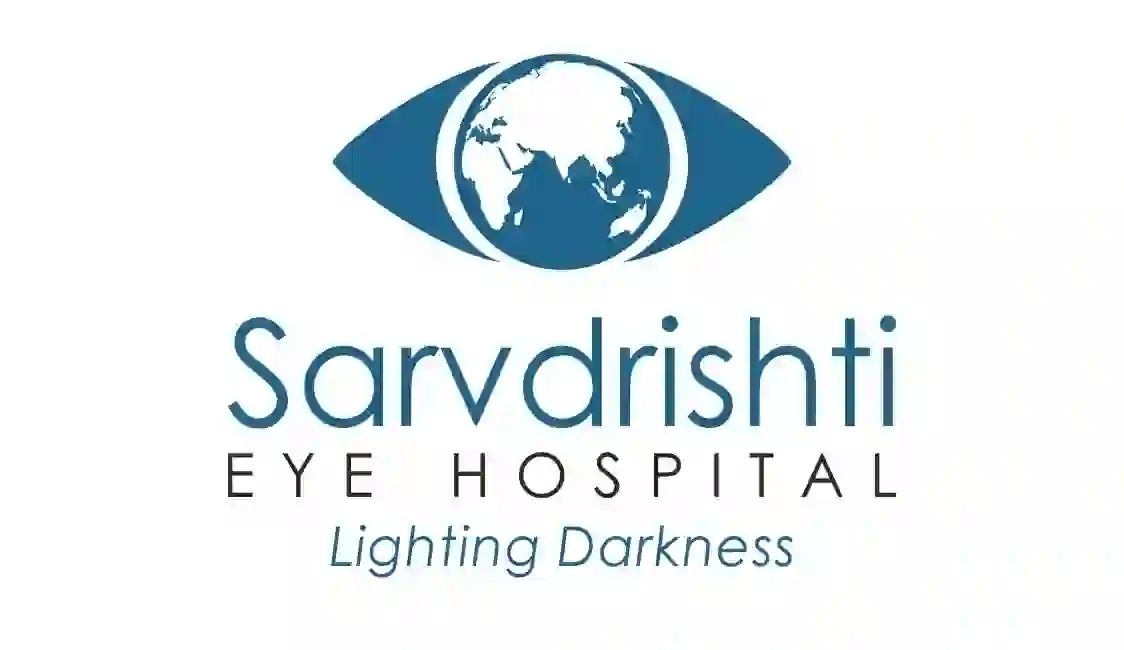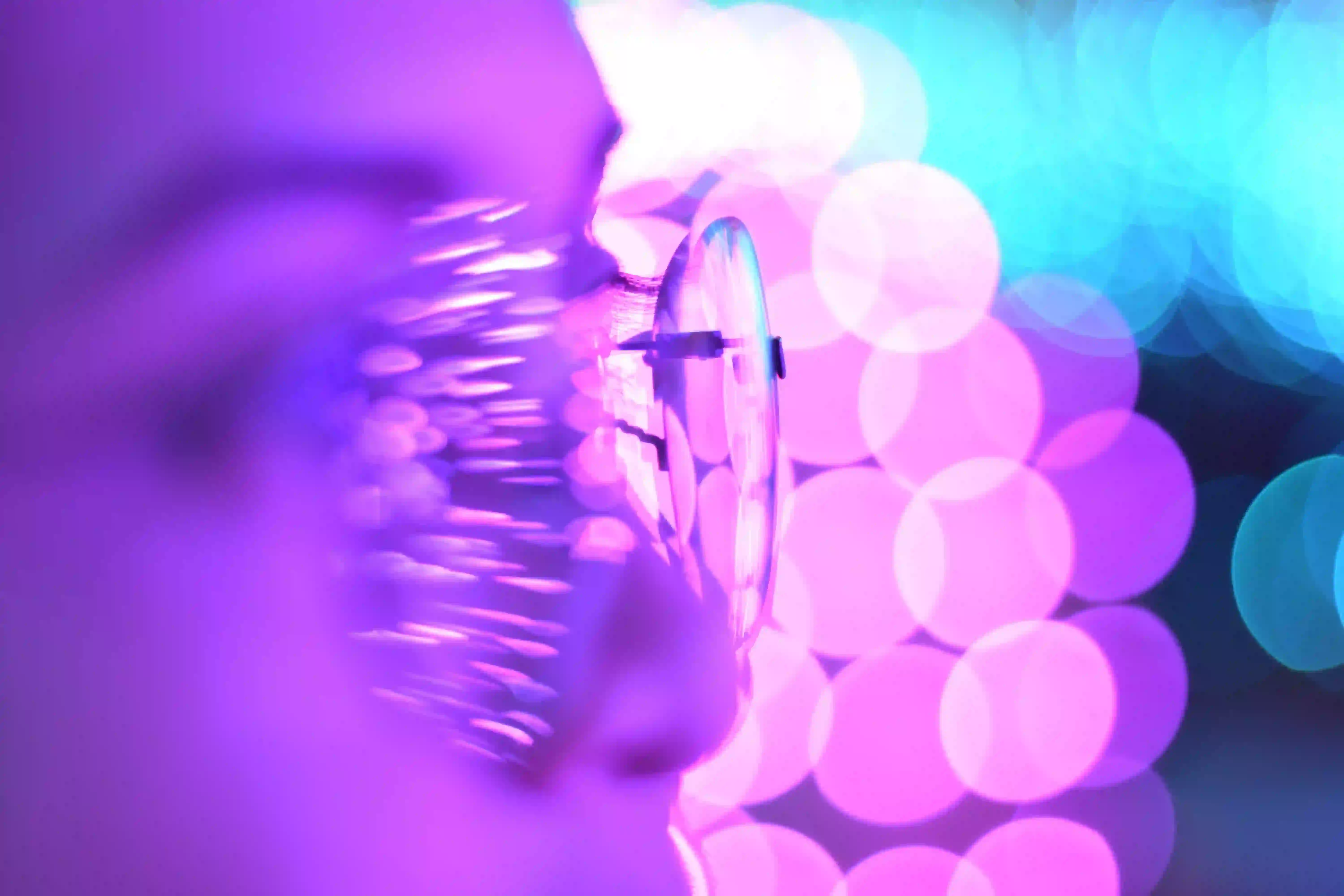Vision screenings use inadequate testing equipment.
Symptoms may include blurred vision, floaters, fluctuating vision, or even sudden
vision loss in advanced cases. Regular eye exams are crucial for detecting and
monitoring diabetic retinopathy. Treatment options include managing diabetes
through proper blood sugar control, laser treatment to seal leaking blood
vessels, medication injections to inhibit abnormal vessel growth, and, in severe
cases, surgery.
Prevention and early detection are key in managing diabetic retinopathy.
Maintaining good blood sugar control, managing blood pressure and cholesterol
levels, and scheduling regular comprehensive eye exams are essential for
individuals with diabetes to minimize the risk of vision loss associated with
this condition.










